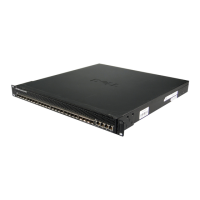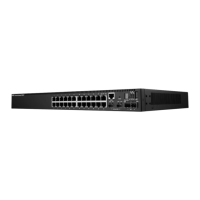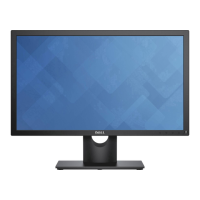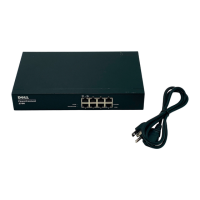124 Setting Basic Network Information
Alternatively, network administrators may choose to manage their network via
the production network. This is in-band management. Because in-band
management traffic is mixed in with production network traffic, it is subject
to all of the filtering rules usually applied on a switched/routed port, such as
ACLs and VLAN tagging, and is rate limited to protect against DoS attacks.
You can assign an IP address to
OOB management port and to any VLAN. By
default, all ports are members of VLAN 1. If you assign an IP address to VLAN 1,
you can connect to the switch management interface by using any of the switch
ports.
Dell recommends that you use the OOB port for remote management. The
following list highlights some advantages of using OOB management instead
of in-band management:
• Traffic on the OOB port is segregated from traffic on the production
network, so you can keep the management traffic and network traffic
separate.
• If the production network is experiencing problems, you can still access
the switch management interface and troubleshoot issues.
• Because the OOB port is intended to be physically isolated from the
production network, configuration options are limited to just those
protocols needed to manage the switch. Limiting the configuration
options makes it difficult to accidentally cut off management access to the
switch.
DHCP can be enabled on the OOB interface and all VLAN interfaces
simultaneously, or you can configure static information. To configure static
address information on the default VLAN, set the IP address and subnet mask
on the VLAN interface and configure a global default gateway for the switch.
Adjusting the Management Interface MTU
When logging in to the PowerConnect switch using TCP, the switch
negotiates the TCP Maximum Segment Size (MSS) using the minimum of
the requested MSS or the MTU setting of the port. TCP packets are
transmitted from the switch with the DF (Don't Fragment) bit set in order to
receive notification of fragmentation from any transit routers. Upon receiving
an ICMP
Destination Unreachable, Fragmentation needed but DF set
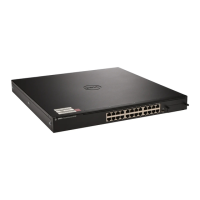
